As packaging sustainability tops the agenda for many companies, questions arise over what are the best practices for achieving a positive environmental impact. Jamie Stone, Design, Strategy, Sustainability, Innovation Expert at PA Consulting talks about the positive advantages of following a circular economy.

In the packaging sector today, there’s a massive disconnect between what’s being said about the industry’s sustainability efforts, where the real impact can be made, and what’s being done.
How well do you really know your competitors?
Access the most comprehensive Company Profiles on the market, powered by GlobalData. Save hours of research. Gain competitive edge.

Thank you!
Your download email will arrive shortly
Not ready to buy yet? Download a free sample
We are confident about the unique quality of our Company Profiles. However, we want you to make the most beneficial decision for your business, so we offer a free sample that you can download by submitting the below form
By GlobalDataCurrently, the consensus is that plastic packaging is okay to use so long as it’s contained within a circular business model, meaning it’s being reclaimed, reused, and recycled. In practice, however, plastic has largely been replaced by paper and pulp products.
Here’s why that’s a problem.
See Also:
Reclaiming paper’s value at end-of-life is a challenge
While plant-based paper and pulp products are generally appreciated for their renewable and recyclable properties, recycling these materials isn’t as straightforward as one might expect. Recycled cardboard has smaller fibres than virgin pulp (fresh material taken directly from plant matter). This makes recycled paper/pulp packaging less durable, and more likely to fall apart during use. For this reason, recycled cardboard generally shouldn’t be used for long-distance shipping and other instances where durable packaging is needed to protect products. Other materials, such as glass or aluminium, can be recycled indefinitely without
losing integrity.
But it’s not just the physical attributes of paper and pulp that make it unattractive for recycling. Paper-based materials have much lower scrap value than others, making them less viable from a business perspective for recyclers. Scrap aluminium and steel, on the other hand, maintain strong values, making them more attractive materials for recyclers.
While recycling is key to a circular economy, recycling companies understandably prioritise materials that make the most business sense. At this time, paper doesn’t cut it. Without an external incentive to recycle paper-based materials, recyclers have little reason to
accept them. In addition, many municipalities in the US have stopped curbside collection of paper for recycling because the collection cost per ton has
outpaced the selling price.
How true end-to-end circularity can improve the sustainability of packaging
For organisations to ensure circularity in packaging, they need to take control of the process rather than relying on municipalities and other external groups. By instituting take-back programs, brands can bring circular principles in-house so that packaging products are appropriately reused and recycled.
Dunnet Bay’s Rock Rose Gin is one example of a consumer product that has successfully incorporated circularity into its process. The gin is now packed in recyclable pouches rather than traditional bottles, and the brand has made it easy for consumers to recycle by simply sending them back to the company through Royal Mail. This eliminates any confusion around how customers should dispose of products and puts the company in control of its entire packaging waste stream – which in turn cuts down on waste.
Loop is another company revolutionising consumer products. The brand enables consumers to buy the products on their shopping list and have them delivered in refillable packaging – eliminating packaging waste entirely. The offering hearkens back to a time when milk was delivered in glass jugs, which were emptied at home and left outside to be refilled for the next delivery. Sometimes, going back to basics is just the change we need.
Other retailers could easily model this example. There is a huge, missed opportunity for brands to take back empty cardboard boxes as they deliver new items to people’s homes. Reusing boxes and other containers that are in good condition would cut costs, cut waste, and improve the customer experience by getting rid of a constant problem: that growing pile of cardboard boxes that need to be broken down for recycling. Rather than put the onus on customers to break down boxes, which only adds to recycler woes and diminishes the structural integrity of whatever the pulp is turned into, brands can simply reuse boxes as they are. They could partner with shipping companies to pick up the boxes from customers’ doorsteps with each delivery and bring them back to the warehouse for the next round of packages.
How brands can make circularity more attractive to customers
Understandably, businesses want to pursue processes that customers support. To make circularity in packaging more attractive to customers, brands must showcase the value behind the cost. Circular processes are often more expensive initially but can improve
customers’ lives as well as the planet. Getting that second point across is crucial. Fortunately, by eliminating or reducing single-use packaging (plastic or otherwise), consumers have less confusion around how to properly dispose of different materials and knowing what’s recyclable and what isn’t.
Many product packages today combine multiple materials, which means that users need to take them apart for recycling, if they’re recyclable at all. Removing this burden by creating
packages made from one material improves the user experience and the sustainability of the package.
P&G’s EC30 range of home and healthcare products come packaged in one material for easy recycling and are made without added water, cutting down on waste and emissions. Lighter products require less energy to transport, and the products themselves receive the necessary water for use during the washing process – whether that’s in the washing machine while doing laundry or lathering the solid shampoo in the shower.
Using subscription models, as EC30 does, also makes it easy for customers to get what they need before they run out. This adds another layer of convenience while making it easier to incorporate reusable/refillable packaging.
Tru Earth Laundry Strips are another great example of how brands are incorporating circularity and giving customers products that are better aligned to their wants and needs. The company’s dissolvable strips are packed in a compostable sleeve that doubles as a shipping envelope – cutting out unnecessary packaging. The product itself also cuts down storage space in the customer’s home, taking up much less space than a traditional jug of liquid detergent, and eliminating any confusion around how much detergent to measure out, as well any risk of spills. Further evidence that making products better for the environment makes them better for customers, too.
Getting packaging sustainability right
While many leaders are eager to replace plastic with paper and cardboard, that shift ignores the recycling costs, excess waste, excessive use of water and energy, and having to continually add new feedstock to ensure the durability of corrugated shipping boxes. A more circular model across the board with different materials will encourage more reuse and provide more value to recyclers, brands, and consumers alike.

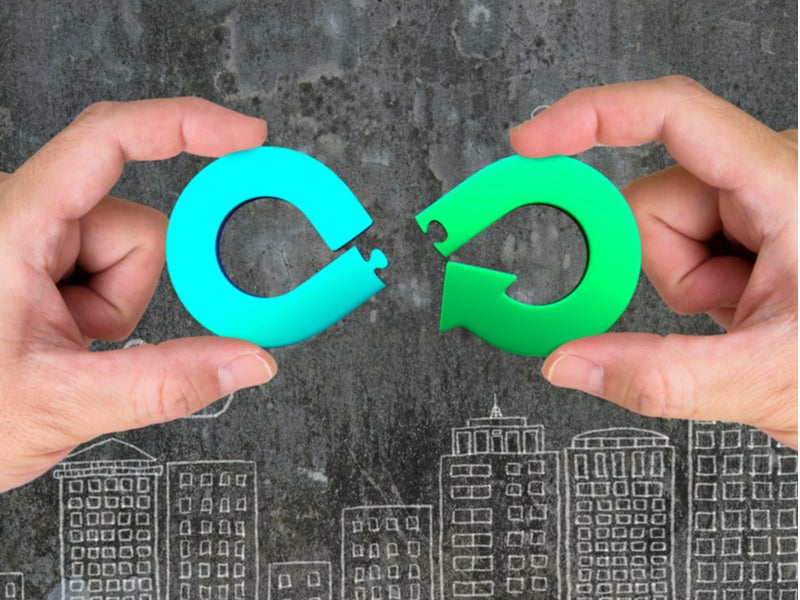

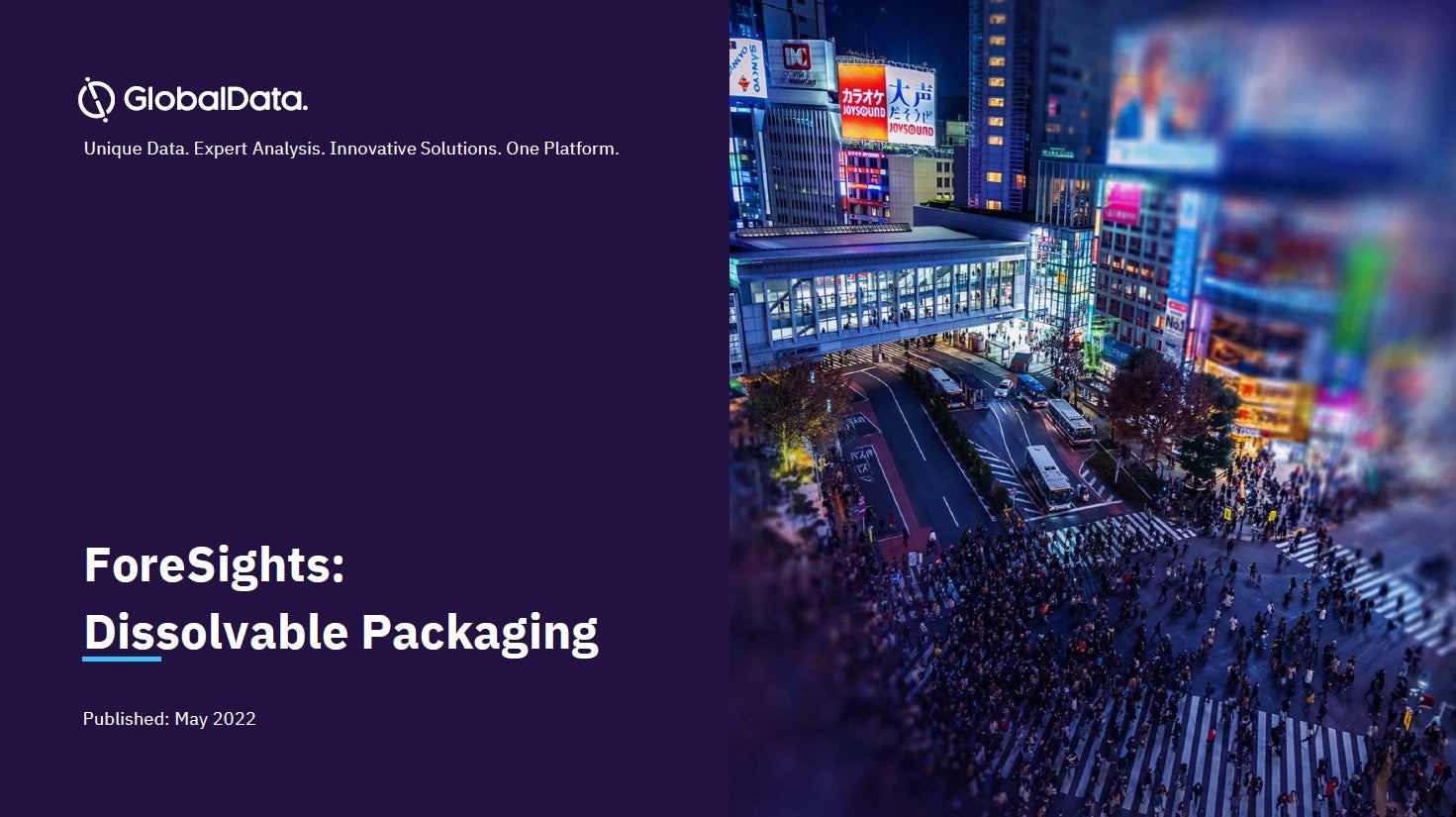

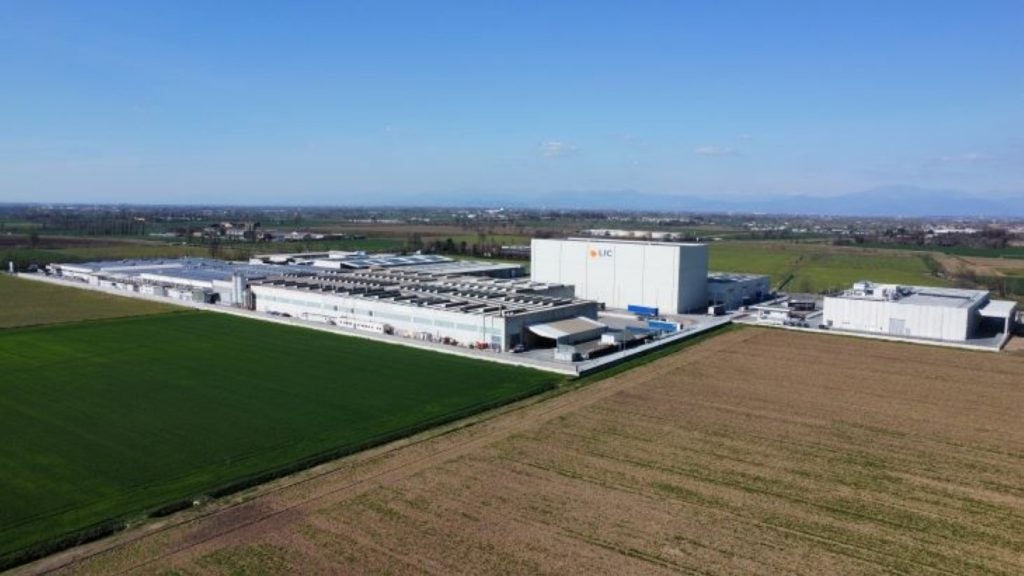
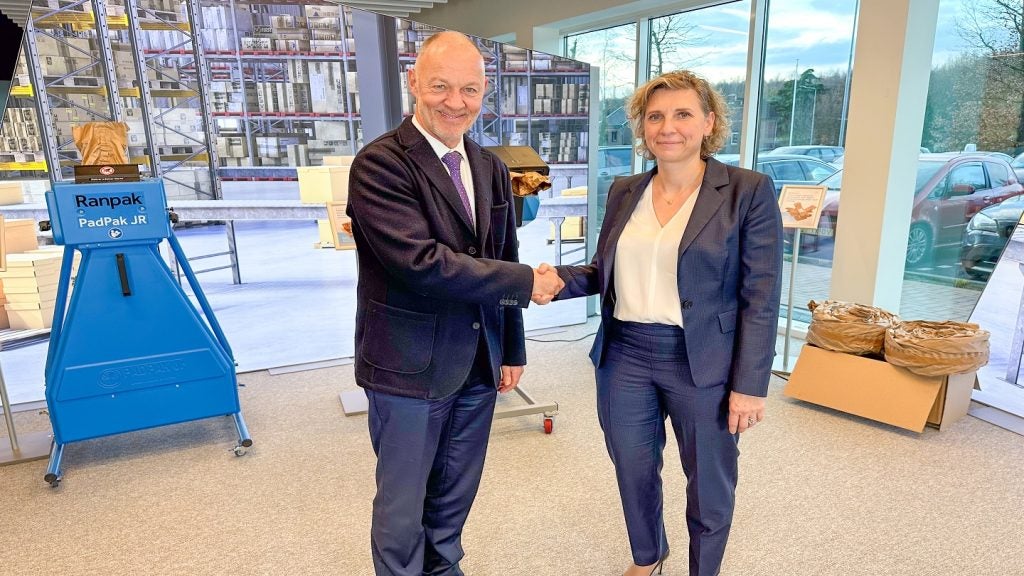
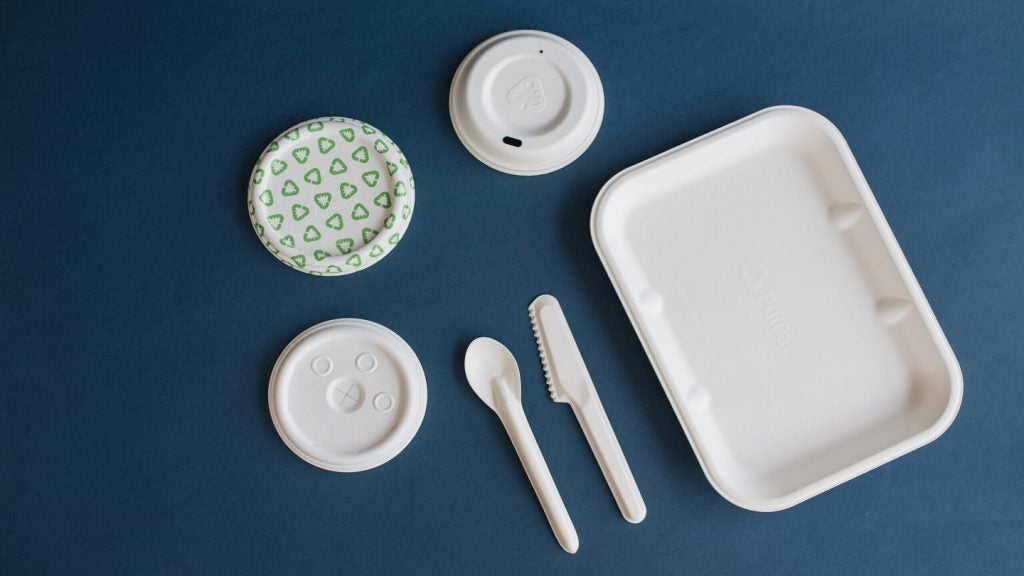
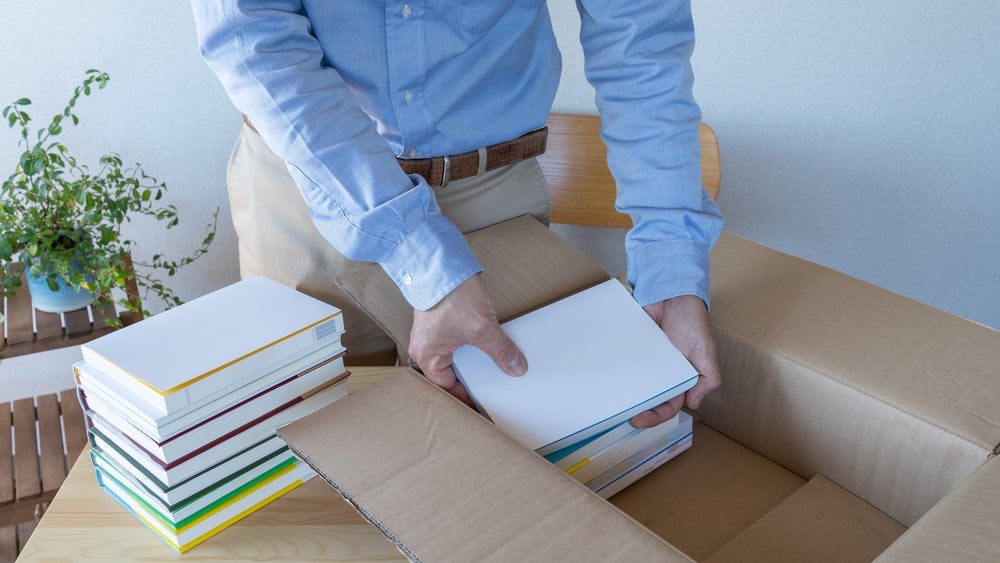

Related Company Profiles
Royal Mail Plc